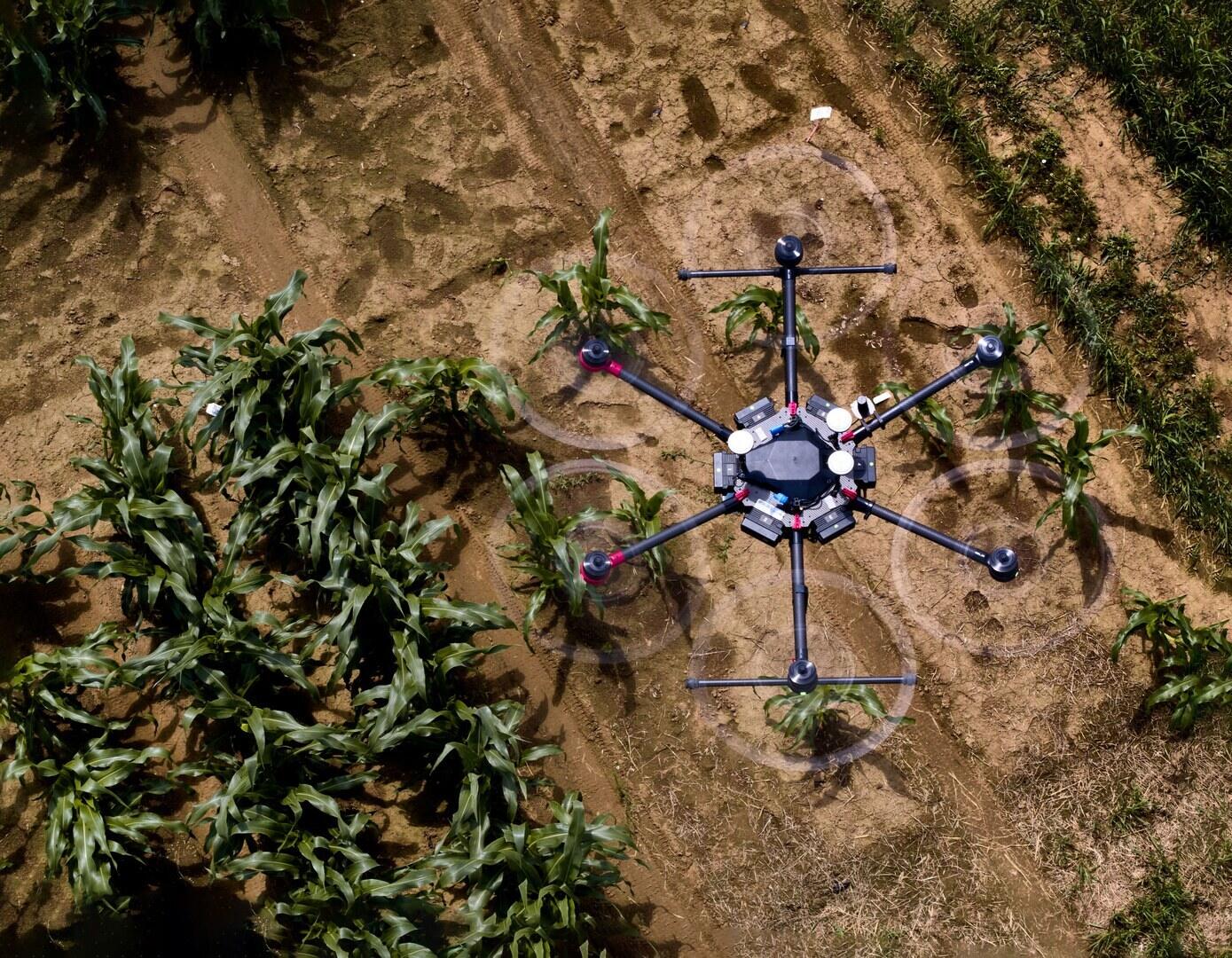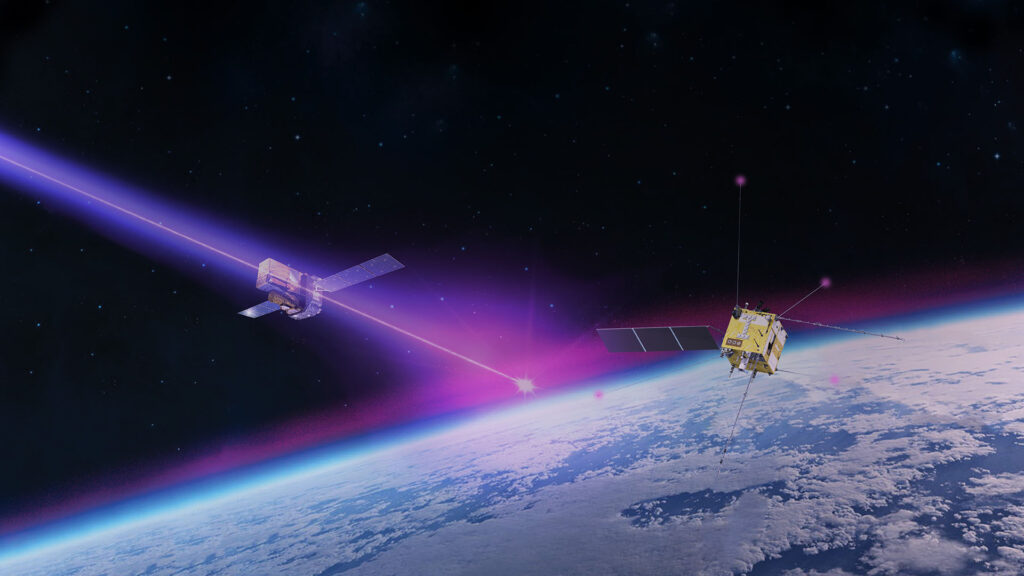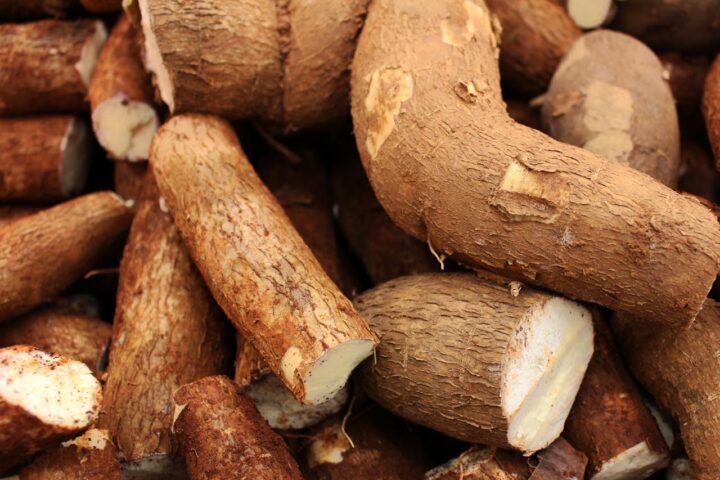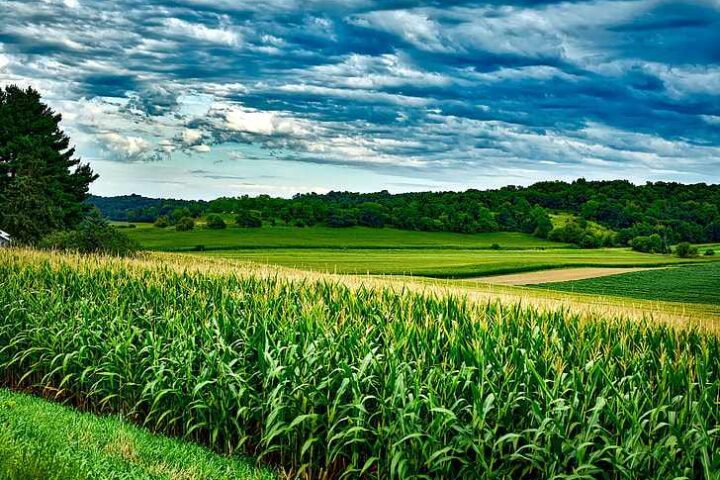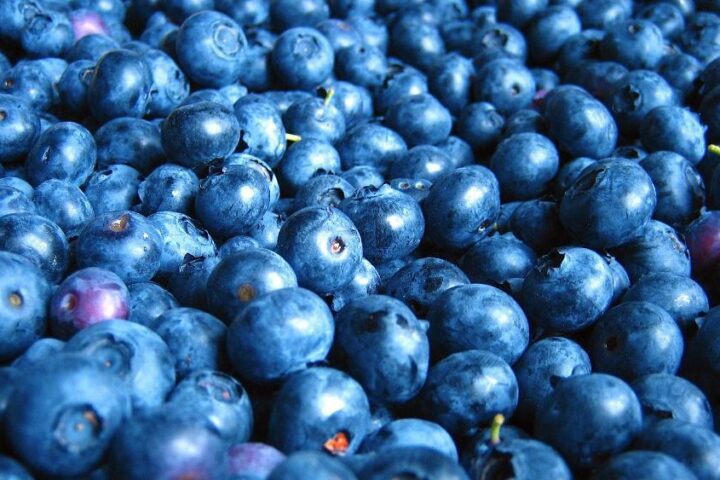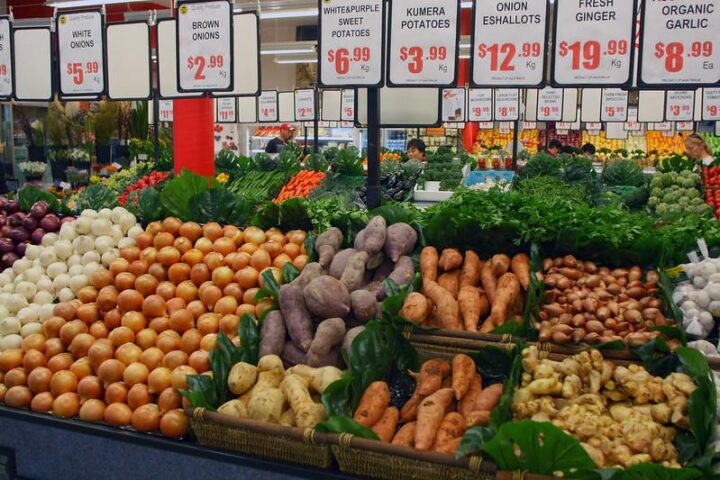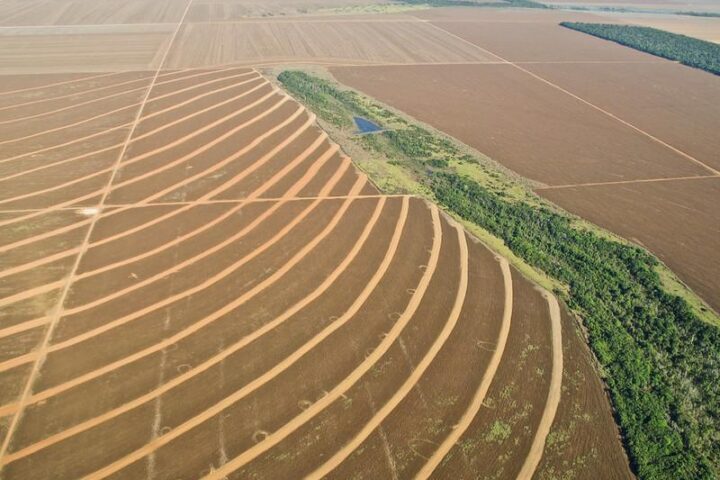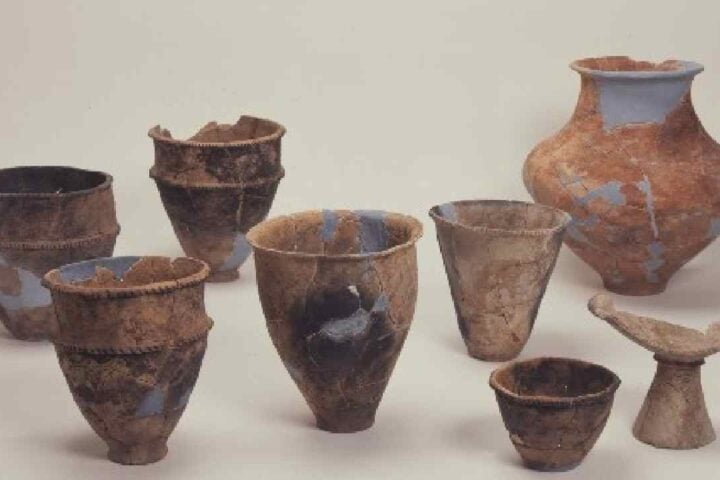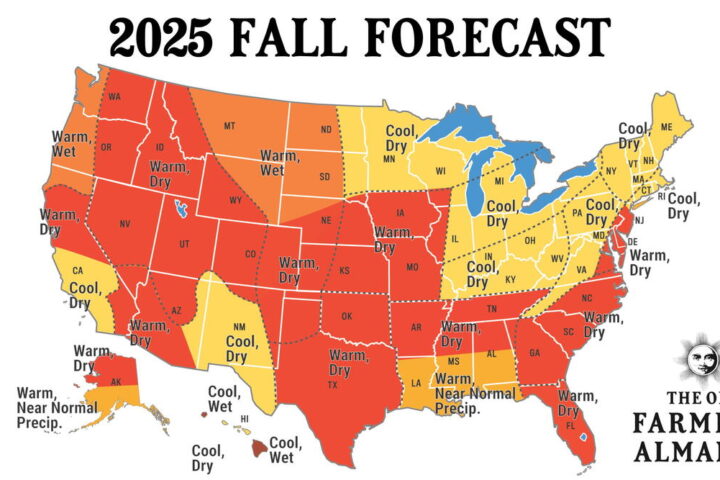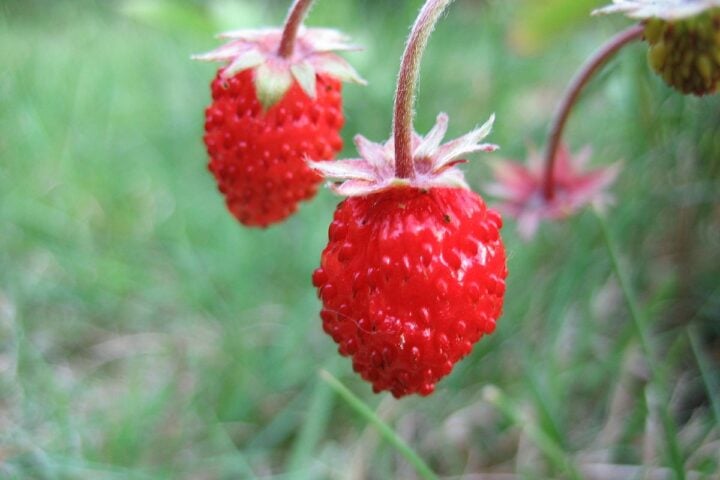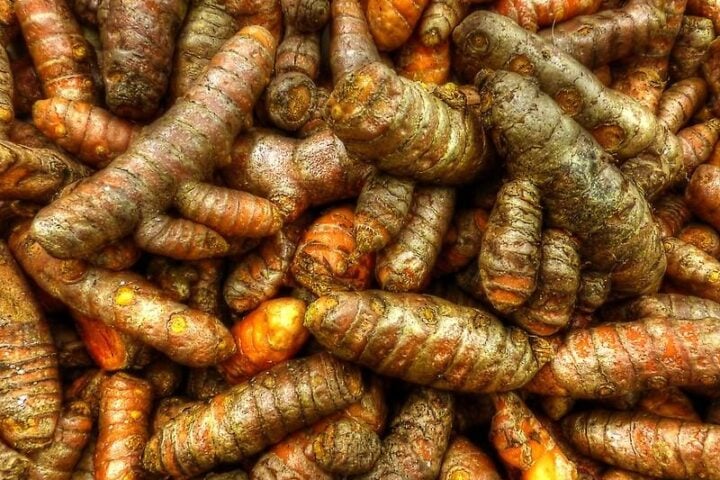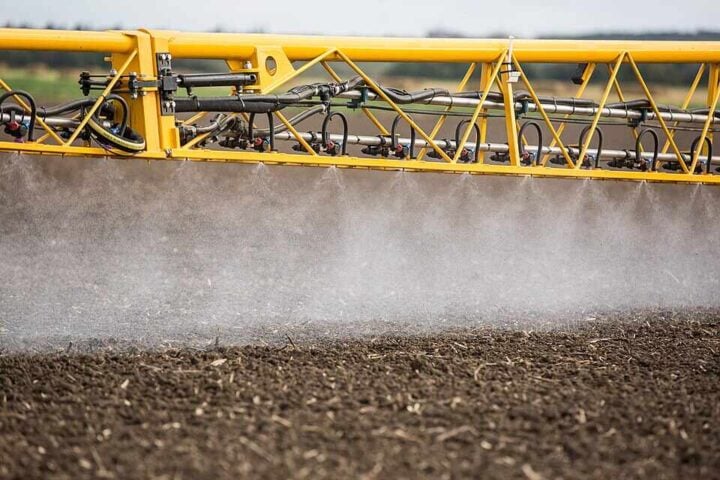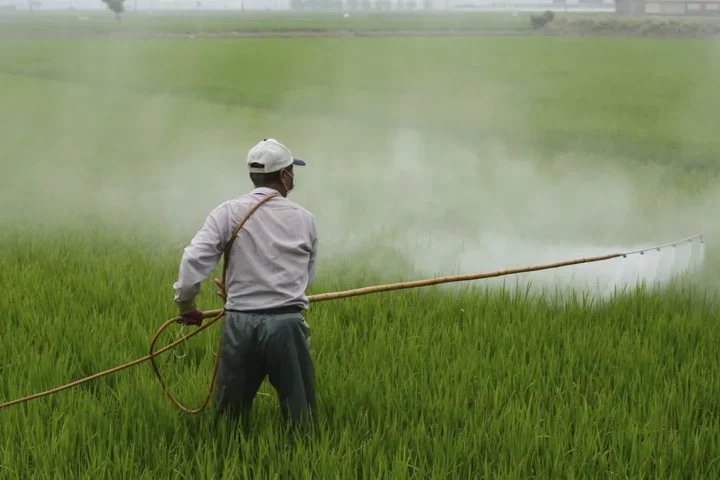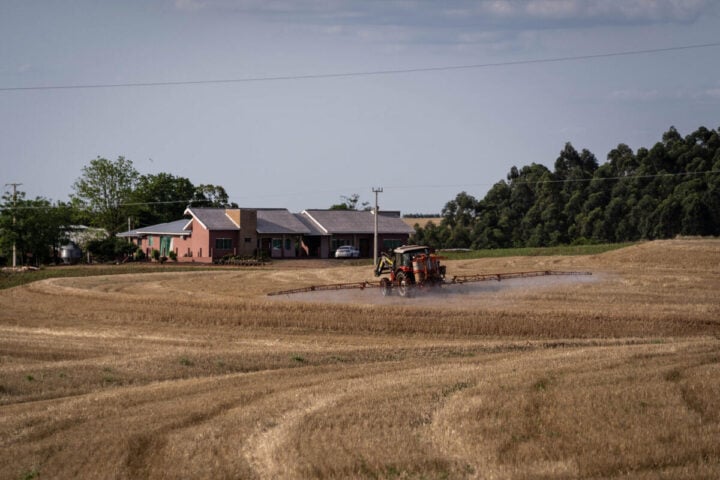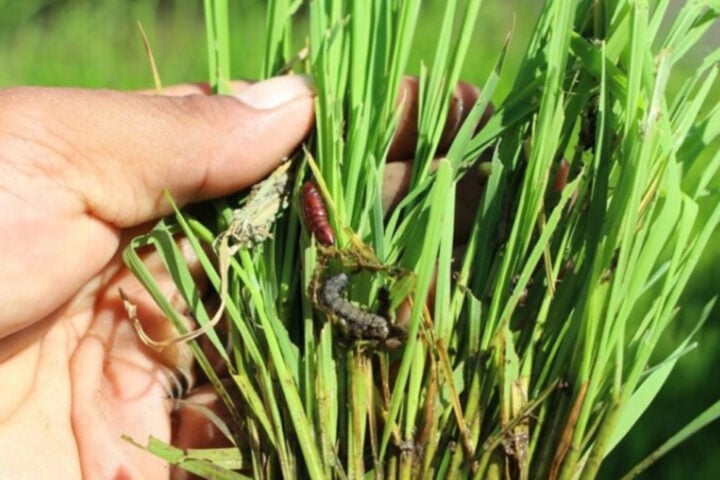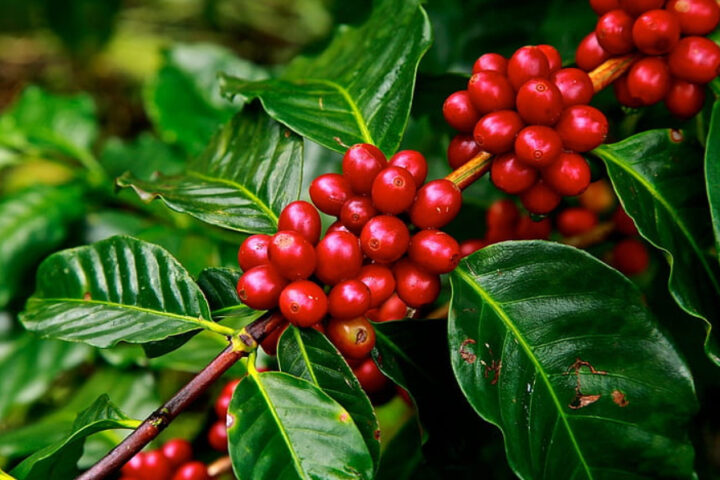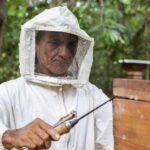AI is a modern mantra for solving most of our problems. Researchers at the University of Bonn, Germany, have developed software that can simulate the growth of field crops. Thousands of photos from field experiments were fed into a learning algorithm in order to simulate the growth of field crops. The algorithm was able to learn how to visualize the future development of cultivated plants based on a single initial image. Using the image created during this process, parameters such as leaf area or yield can be estimated accurately.
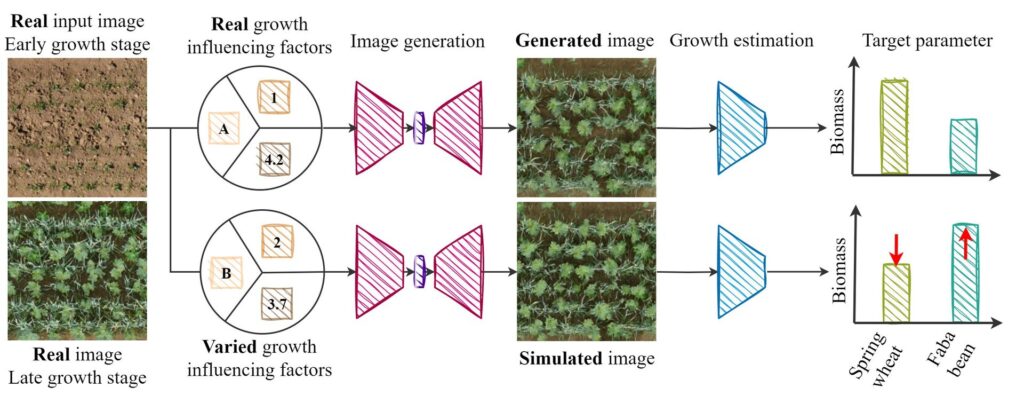
The findings of the study have been published in the journal Plant Methods. A crucial step has now been taken by the researchers from Bonn University forward on the path towards this goal. Lucas Drees from the Institute of Geodesy and Geoinformation at Bonn University explains, “We have developed software that uses drone photos to visualize the future development of the plants shown.” The computer program will help to assess how the use of pesticides or fertilizers would affect crop yield.
Similar Posts
The doctoral researcher says, “We took thousands of images over one growth period, in this way, for example, we documented the development of cauliflower crops under certain conditions.” An algorithm was developed to predict the outcome of certain interventions by the farmer. The use of polycultures is one of the areas selected by the researchers. This refers to the sowing of different species in one field—such as beans and wheat. The other species, in this case wheat, also benefits from this.
According to Drees, polycultures are also less susceptible to pests and other environmental influences. Plant growth simulations on the basis of learning algorithms are a relatively new development. Drees stresses, “Our software, however, makes its statements solely based on the experience they have collected using the training images.” In short, the researchers at the University of Bonn have developed a tool to enable yield forecasts, among other things, in the future, with the help of AI.
